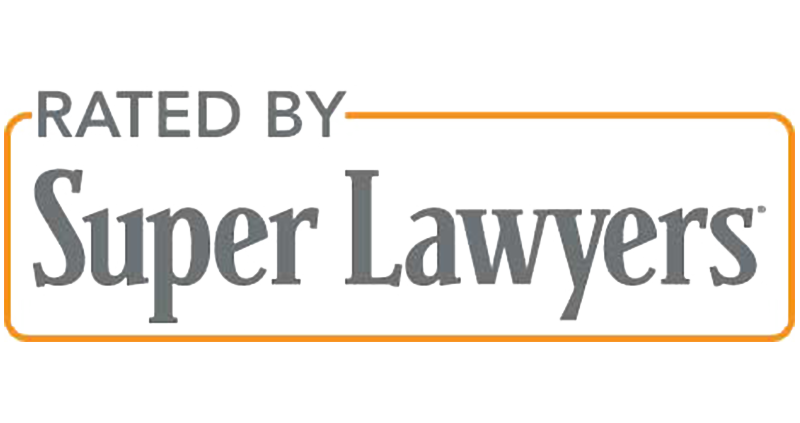Should I opt for Excess or Add-On Uninsured Motorist Coverage (UM)?
Jan. 15, 2010
By Bob Coleman
Coleman, Chambers & Rogers, LLP
Bob,
When I renewed my car insurance recently, my agent asked me if I wanted to keep my current rates for uninsured motorist coverage, or increase them in exchange for a new type of “excess” coverage. Is this worth the money?
It’s not only worth the money, it’s absolutely necessary to go with the “excess” coverage. Uninsured or Underinsured Motorist Coverage (UM) is very important because it pays for your damages in the event the driver who hit you is totally uninsured or underinsured. There are now two types of UM coverages in Georgia – “excess” and “set off.” The Georgia legislature not only adopted new laws in 2009 that made “excess” policies available for the first time in Georgia, it’s now the default coverage for every UM policy written in the state. However, it’s still possible you don’t have an “excess” policy, as many insurance carriers allow you to opt out and save money by sticking with the old “set off” policy. I strongly recommend against “set off” coverage. While it may save you a few dollars in premiums each month, it often leaves you with far less coverage and can have a drastic impact on the financial aspects of your case.
How is my current “set off” coverage worth less?
Both set off and excess UM policies will cover you equally in the event the responsible driver has no insurance. The amount of available coverage in most cases is the limit of your policy. However, in situations where the driver does have insurance, but not enough to cover all your damages, ( underinsured motorists) excess policies often provide you with thousands of dollars in extra coverage.
The problem with set off UM coverage is that it determines your available UM coverage in an accident by deducting, or “setting off,” the responsible driver’s liability limit from your UM limit. This has the effect of reducing your total coverage in an accident by thousands of dollars.
Here’s an easy example:
Let’s say you’re in an accident, and your damages are above $75,000. The driver carries only $25,000 in liability, so he is underinsured. You carry $50,000 in UM, to help cover you in just this situation. But, if you have a set off policy, remember that you must deduct the other driver’s liability limits from your UM limit to determine your actual UM coverage (50 K – 25 K = 25 K). So instead of the $50,000 UM limit you’ve paid for, you’re left with only $25,000 in available UM coverage. That leaves you a combined coverage of just $50,000 to cover you in this accident (25 K + 25 K = 50 K). Unfortunately, that’s $25,000 shy of your $75,000 in damages.
But under an “excess” UM policy, nothing would be deducted, giving you thousands of dollars in extra coverage. Using these same facts, the other driver would pay his $25,000. Your total UM limit of $50,000 would simply be added to this (50 K + 25 K = 75 K). This means you keep what you’ve paid for, and it gives you enough coverage to fully recover your claim. As you can see, under this common accident scenario, the difference between set off and excess UM coverage is $25,000.
In fact, under another common circumstance, your “set off” UM policy may not provide you any UM coverage at all. Let’s use the same example as above. Only this time, let’s say the other driver carries a $50,000 liability limit. So you’ve got set off UM with a $50,000 limit and he’s got $50,000 in liability limits. Once combined, there should be plenty of insurance to cover a $75,000 claim, right?
Wrong. Once you set off the liability policy in this example, you’re left with NO UM coverage (50 K – 50 K = 0). So the only insurance available to you in this example is the other driver’s $50,000 liability limit. Once again, you’re well short of the $75,000 damages.
However, if this were an excess policy, you would have more than enough coverage. In that case, you would just combine your $50,000 in UM to the other driver’s $50,000 in liability, for a total available coverage of $100,000 – more than enough to cover a $75,000 claim.
As you can see, for a relatively small increase in your premium each month, you could see huge increases in your coverage should you carry an excess policy – easily doubling your available coverage in certain situations. It’s often the difference between having several thousand dollars in UM available to cover your damages in an accident, or having little to no UM at all.
That’s a much better deal. What do I have to do to get excess coverage?
The good news is the Georgia legislature made “excess” UM the default coverage for every UM policy created or renewed in Georgia after Jan. 1, 2009. So if you’ve renewed your car insurance this year, you probably have an excess UM policy. However, it’s important to contact your carrier to verify this. Also, don’t be surprised if they ask you to save a few dollars on your premium each month by opting out of an excess policy by choosing the set off coverage. Tell them, “no thanks.” Again, opting for set-off coverage may save you a few dollars in premiums each month, but it could cost you thousands of dollars in coverage should you get injured in an accident.
















